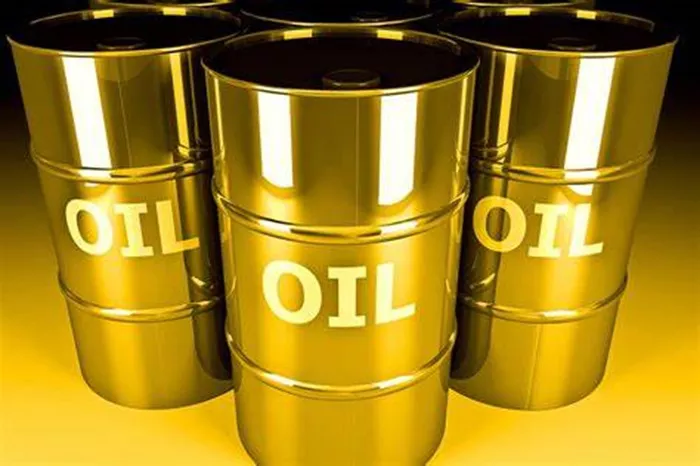Oil prices have experienced a significant reversal, driven by persistent short-selling by money managers. As of 11:40 AM ET on Thursday, Brent crude futures for December delivery were trading at $77.24 per barrel, while West Texas Intermediate (WTI) crude was priced at $73.72 per barrel. This decline follows last Monday’s two-month high of $81.12 for Brent and $77.91 for WTI, which were fueled by U.S. warnings regarding potential Israeli strikes on Iranian oil facilities.
In September, short sellers ramped up their bearish positions against S&P 500 oil and gas stocks, with short bets rising to 446.57 million from 434.71 million in August. Notably, short positions on Brent crude have surpassed long positions for the first time in history. Among the most shorted stocks in the sector are EQT Corporation (NYSE: EQT), APA Corporation (NASDAQ: APA), Valero Energy (NYSE: VLO), Occidental Petroleum (NYSE: OXY), and Devon Energy (NYSE: DVN).
A significant portion of this bearish sentiment stems from concerns about oversupply. Recent reports indicate that Saudi Arabia is prepared to abandon its unofficial price target of $100 per barrel for crude oil as it looks to increase production. This marks a shift in strategy, as the kingdom and seven other OPEC+ members were expected to unwind longstanding production cuts starting in October. However, a two-month delay in this plan raised speculation about the timing of production increases. Consequently, Brent prices fell below $70 per barrel due to renewed demand fears and a sluggish Chinese economy. Saudi Arabia has since committed to restoring production by December 1, regardless of market conditions, to maintain its market share against non-OPEC producers, including the United States.
In its latest Short-Term Energy Outlook (STEO), the U.S. Energy Information Administration (EIA) forecasts that U.S. crude oil production will rise to 13.7 million barrels per day (b/d) by 2025, with marketed natural gas production increasing to an average of 114.3 billion cubic feet per day (Bcf/d). Much of this growth is expected to come from the Permian Basin in western Texas and eastern New Mexico, supported by productivity gains, new infrastructure, and favorable crude oil prices.
The EIA notes that since early 2023, the Permian Basin has maintained a higher number of active rigs than the rest of the Lower 48 states, completing hundreds of wells each month. Increased production rates from new wells are compensating for declines in existing well outputs, contributing to higher overall crude oil and natural gas production. By July 2024, newly completed wells in the Permian were averaging 433,000 b/d in their first full month, with natural gas production averaging 780 million cubic feet per day. This uptick in new well production has more than offset declines from older wells.
Improvements in well productivity suggest that operators in the Permian Basin are effectively utilizing advanced drilling and completion techniques, such as longer lateral lengths, optimized well spacing, and enhanced fracturing designs. The EIA projects that crude oil production in the Permian will increase by 430,000 b/d, reaching 6.3 million b/d in 2024 and 6.6 million b/d in 2025, partly due to these drilling productivity enhancements. Similarly, marketed natural gas production in the region is expected to rise by 1.9 Bcf/d in 2024 and 1.0 Bcf/d in 2025, averaging 25.8 Bcf/d in 2025, with most production associated with oil-directed wells.
Goldman Sachs predicts that U.S. crude output will rise by 500,000 bpd this year, a slower pace compared to last year’s increase of over 1 million bpd. The U.S. is anticipated to account for 60% of non-OPEC production growth, with the Permian projected to add 340,000 bpd annually, down from an earlier forecast of 520,000 bpd.
According to Goldman Sachs, technological advancements and efficiency gains have driven nearly all growth in the Texas-New Mexico shale basin since 2020. However, the bank warns that the Permian is maturing, and its declining geology could impact future crude oil production. Despite this, Goldman predicts that output per rig will continue to rise as industry consolidation increases the share of more productive rigs and as technological improvements unfold.
Related topic:
What Time Is Eia Natural Gas Report?

